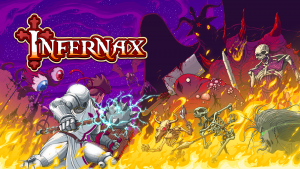
It’s been quite a while since we’ve had an entry into everyone’s favorite anime World War II video game series. First released in 2008, the original Valkyria Chronicles was a strategy shooter hybrid for the PS3. It was set in an alternate Europe (called Europa) during a conflict that mirrors WWII, but with a decidedly more steampunk aesthetic, and a sprinkling of otherworldly super soldiers. While its tone would occasionally delve into the comfy trappings of slice of life, mostly due to its protagonists genial oddball persona, it largely was centered around the overwhelming tragedy of war. It mournfully explored the cost of war on both sides of a conflict, as well as the destructive power of prejudice. However through it all, its story was achingly optimistic, and quite refreshing for it. It was an island in a sea of cynical and laconic military simulators. While Valkyria Chronicles had two sequels in the form of a pair of PSP releases, these titles deviated from the original by catering to Japan’s significant handheld audience, leading to smaller mission sizes and the lack of a release outside of Japan for the third entry.
Valkyria Chronicles 4 is a return to form for the series, one that for follows closely in the footsteps of the first game. Taking place roughly contemporaneously with the events of the original, the most recent entry follows Claude Wallace and the soldiers of Squad E. Claude is a Gallian (this world’s Switzerland) who enlists with the Edinburgh Army (this worlds Britain). Alongside several of his Gallian compatriots, he aids in leading the tip of the spear for the Federation, a loose union of democracies, on a counterattack against enemy invasion. Your foe is an autocratic regime known as the Empire, an entity which still bears the aggressive cadence of a feudal state. The ultimate catalyst for this war is a precious resource known as Ragnite, which is the basis for these societies’ economies.
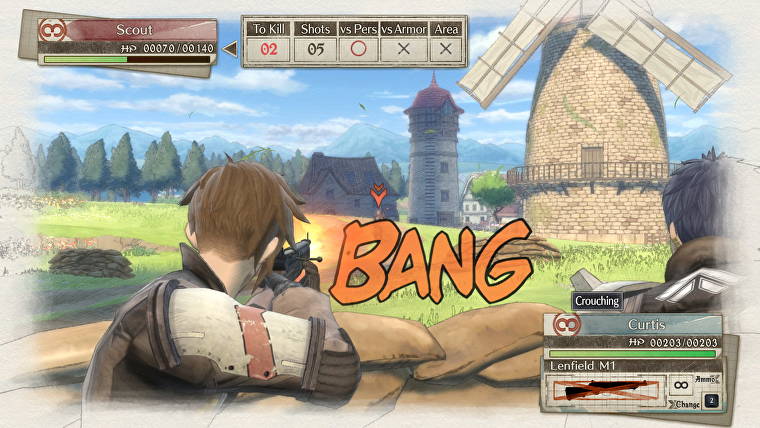
As previously mentioned, Valkyria Chronicles 4 is a mix between a turn based strategy game, and third person shooter. In each mission you must a compose a team of 8-10 soldiers from a combination of different classes. Each turn you have a certain number of command points which can be spent on moving and performing actions with your units. Selecting a unit shifts the game from an overworld map to a third person perspective, giving you control of the unit in real time. Enemies in proximity will fire at you, but when you take aim the world will freeze until you’ve fired your shots. In terms of its gameplay, this is Valkyria Chronicle’s defining characteristic. The melding of action and strategy gameplay makes for a great entry point into the genre, that grants both immediate gratification and a deeper strategic satisfaction. Factors like a unit’s movement distance, weapons, defense, and aim vary greatly based on your class and armaments. You have mobile but fragile Scouts, slow hard hitting Troopers, anti-tank personnel, snipers, and even your own tanks. There is also the addition of Grenadiers, a brand new unit type to the latest game which allows you to attack from afar and lay down artillery fire on opponents turns. Units can move multiple times in a turn, but each consecutive move limits the distance they can travel.
While you can only command a maximum of 12 units at a time, the ability to move units multiple times, combined with the specialized abilities of different unit types grants a great deal of options for every turn. Do you prioritize taking out the tanks that are threatening your right flank with your Lancers first, making it easier to move up on that side and eliminate the pillboxes that threaten your troops on the left flank? Or do you focus most of your troops on the left side, pushing through with your speedy scouts, leaving a token force of Troopers to defend your base as you blitzkrieg the enemy camps? Every mission is full of these micro-decisions, weighing the pros and cons of aggression versus a more conservative approach. There are additional complexities, like the ability for certain leader units to team up with other soldiers to move as a group. This allows you to move units when it isn’t their turn, making it easier to transport units with less movement range. Other positional factors like placing units in cover or bunching soldiers together so they can attack in unison make troop placement an important factor.
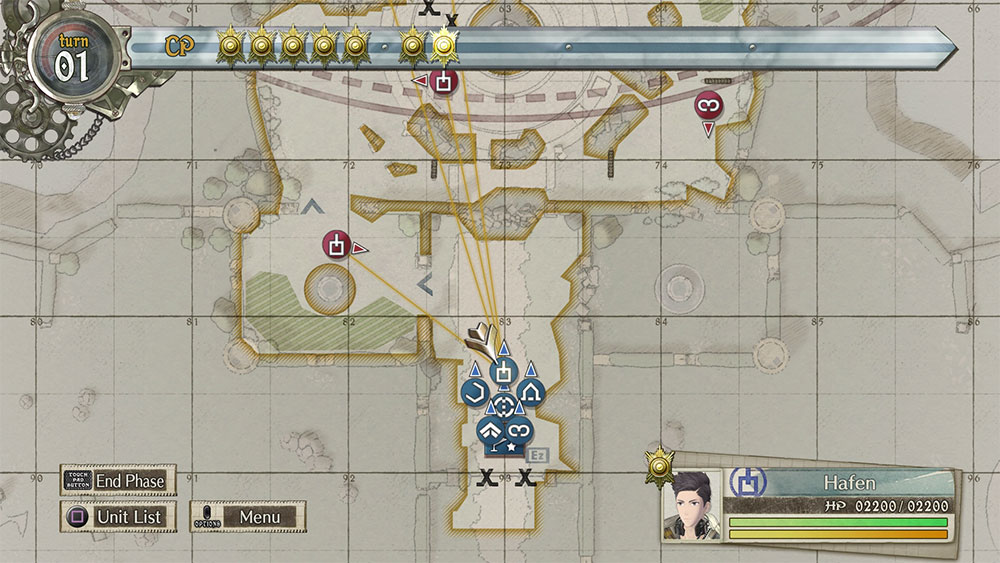
As is the case with the other turn based strategy games in the space like XCOM or Fire Emblem, the name of the game is usually to end each turn with all of your troops in a position safe from counter attacks. Like those games, Valkyria Chronicles also features permadeath, but the cost of mistakes is more lenient here. Your units only die if they are downed and abandoned for a large number of turns, or if an enemy touches them before you do, a situation that I was able to fairly easily avoid throughout my entire play time. The difficulty is usually fairly even, and for the most parts the missions offer a good balance of challenge and gratification. Objectives like when you are forced to break through the Empire’s seemingly unbreakable Siegval Line, a wall of deadly turrets, is very different from the operation in which you must defend your snipers from an onslaught of enemies. The variation in these combat encounters forces you to experiment with different strategies and unit compositions, meshing well with the decent number of variables that stem from the core gameplay to make for an experience that remains engaging throughout.
However not all of the missions are different in a way that feels fair and balanced. Valkyria Chronicles 4’s biggest issue is that it very frequently fails to convey basic information that is important to your success. This is most egregious during a few of the missions in which you must fight special enemy units who are granted with combat abilities that dwarf all other opponents in the game. These units will frequently appear in the middle of your turn after you complete an objective, resulting in nerve-wracking sequences of events. There were a few times where these appearance made it nearly impossible to complete my mission in a way that was at all satisfying, and the fact that I was blindsided by events that were impossible to predict frequently made it feel like the game was cheating, undermining the otherwise satisfying tactics driven experience.
While eventually I figured out consistent ways to deal with these overpowered enemies, their tendency to dodge most of your attacks was quite irritating and emblematic of the absence of important information. The fact that an opponent’s chance of dodging is obfuscated makes it feel incredibly arbitrary when they jump out of the way of all of your attacks, burning an important command point as they take an opportunity attack against you. In general the game fails to relay this sort of basic information, and the frustratingly sparse overhead map doesn’t convey the distance your units can move, the range of their attacks, or the ranges of your enemies. In a world where its closest direct genre competitors almost universally convey this information, the lack of this vital data is quite disappointing, and was a seemingly obvious aspect where the team at Sega could have iterated on the first game.

Luckily the significant progression systems remain from its predecessor, and you are rewarded for doing well on missions with additional currency and experience points. Experience can be used to upgrade your various classes, and currency can be used to purchase class specific weapons or to upgrade your tank. This gives expedient victories an extra level of gratification, as the additional upgrades and leveling that you earn from quickly beating missions makes a significant difference. Each class has different weapon trees, with some prioritizing weapons with more ammo, some prioritizing accuracy, and others prioritizing additional damage. The ability to invest in different weapon type allows you to specialize in different styles of play within each of your classes, adding an additional macro level of decision making. The result of all these options, is that your squad feel more personalized, adding more strategic depth.
A weird decision that has carried carries over from the previous game is that the pacing of the plot is undermined by the manner in which story sequences are doled out. The game is divided into chapters, with each chapter divided into full cutscenes, sequences of dialogue with moving character portraits, and missions. In between the battles, each chapter will have several cutscenes and dialogue sequences in a row, but for some reason the game dumps you back to the interstitial menu in between these sequences. While this may seem like a nitpick, it is baffling that the game is constantly ruining its pacing by dumping you back at a menu after every story sequence. This seems like it was partially done to alleviate the awkwardness of transitioning between cutscenes and sequences with just talking heads, but being booted back to a menu that is book-ended by load times is quite annoying. After all, there is a reason why Netflix and many streaming services immediately load up the next episode of a TV show once you’re done with the current one, it makes for a much smoother experience.
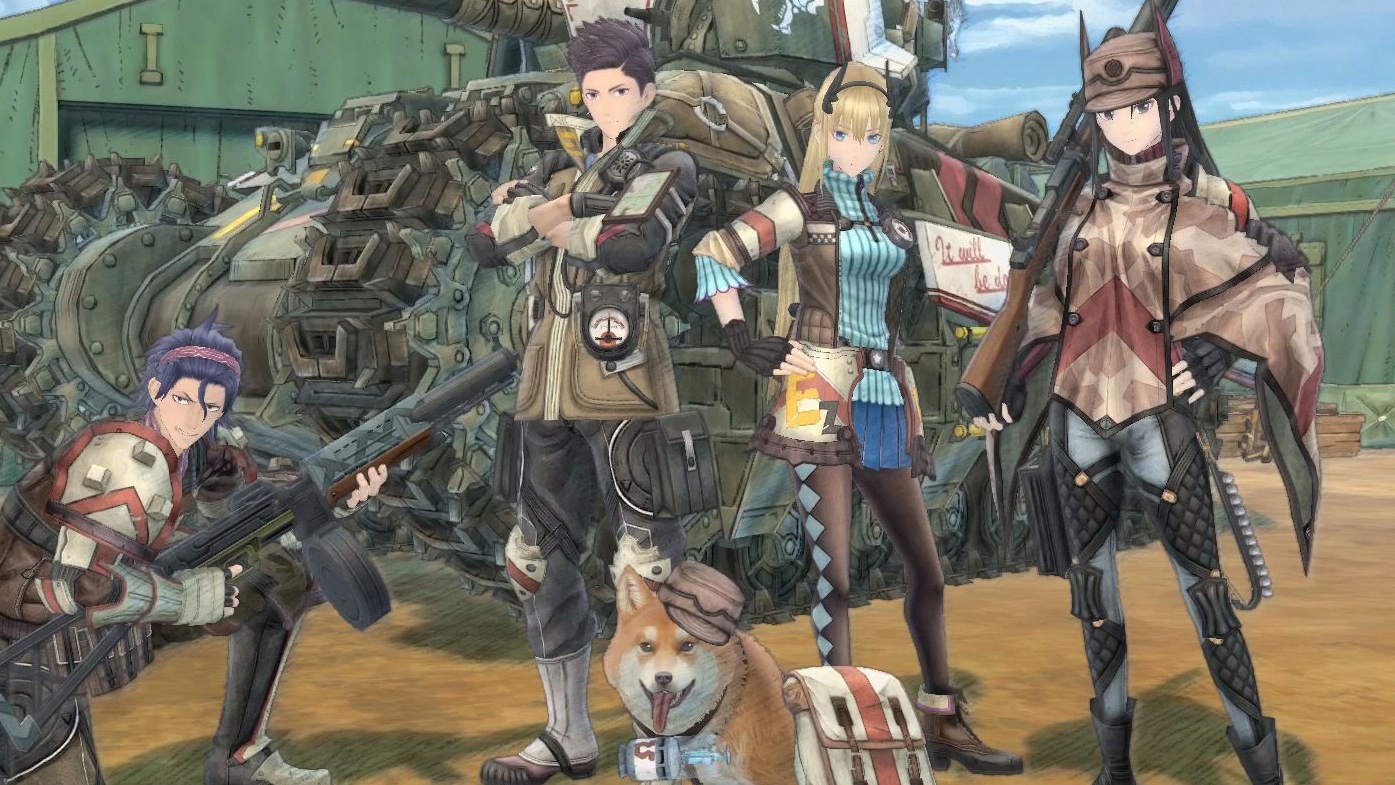
But besides its jerky presentation, the story in Valkyria Chronicles 4 is mostly well delivered. The plot of these games is something of an oxymoron in this space, military themed shooters with a deeply sentimental streak. While the most recent title is decidedly more grim than its predecessors, specifically in that it dwells on the genocidal powers of WMDs, it still isn’t aiming to mime the success of Saving Private Ryan like so many other military games. Instead we have a game that is tinged in the storytelling practices of anime, resulting in an exceedingly earnest tale which will undeniably be texturally off-putting to some. It should be noted that it doesn’t do itself any favors to detractors of the genre through its inclusion of fan-service in some of its character designs, which feels even more egregious when combined with some terrible sexual harassment jokes that undercut its more wholesome elements.
While these scenes are deeply disappointing, the harrowing journey of Squad E is delivered with enough room for rumination on its protagonists and foes to make for an engaging journey. From Claude’s guilt and desire to change, to Riley’s vengeful grudge, to the gradual reveal of one of the main villains motivations, the character arcs are well delivered against the backdrop of war. While at first our protagonists are motivated by a single minded patriotic zeal, this diminishes overtime as they learn of the crimes perpetrated by their own side. The cost of war and the harrowing nature of their journey into the enemy capital is filled with pain and sacrifice, the great danger and woefully slim odds of success made apparent throughout. While the first game largely focused on the concept of prejudice, this story is largely fixated on the great moral sacrifices deemed necessary to claim total victory, drawing parallels to the moral complexities of the actual events of World War II. The dialogue and character interactions can occasionally be earnest to the point of being saccharine, but its constant admonishment against the nihilistic conclusions that can be drawn from the abyss of war are frank enough to be endearing. Admittedly, it can feel somewhat uneven at times, with characters on your side behaving in ways that seem to deviate from its fundamental pathos, but it feels as though everything aligns towards this optimistic message by the end. It is also worth mentioning that the cadre of villains revealed in its second half make for excellent foils in various different ways. The pain and isolation of an opposing super soldier is well considered, as is the motivation of Claude’s main rival, Forsetti.
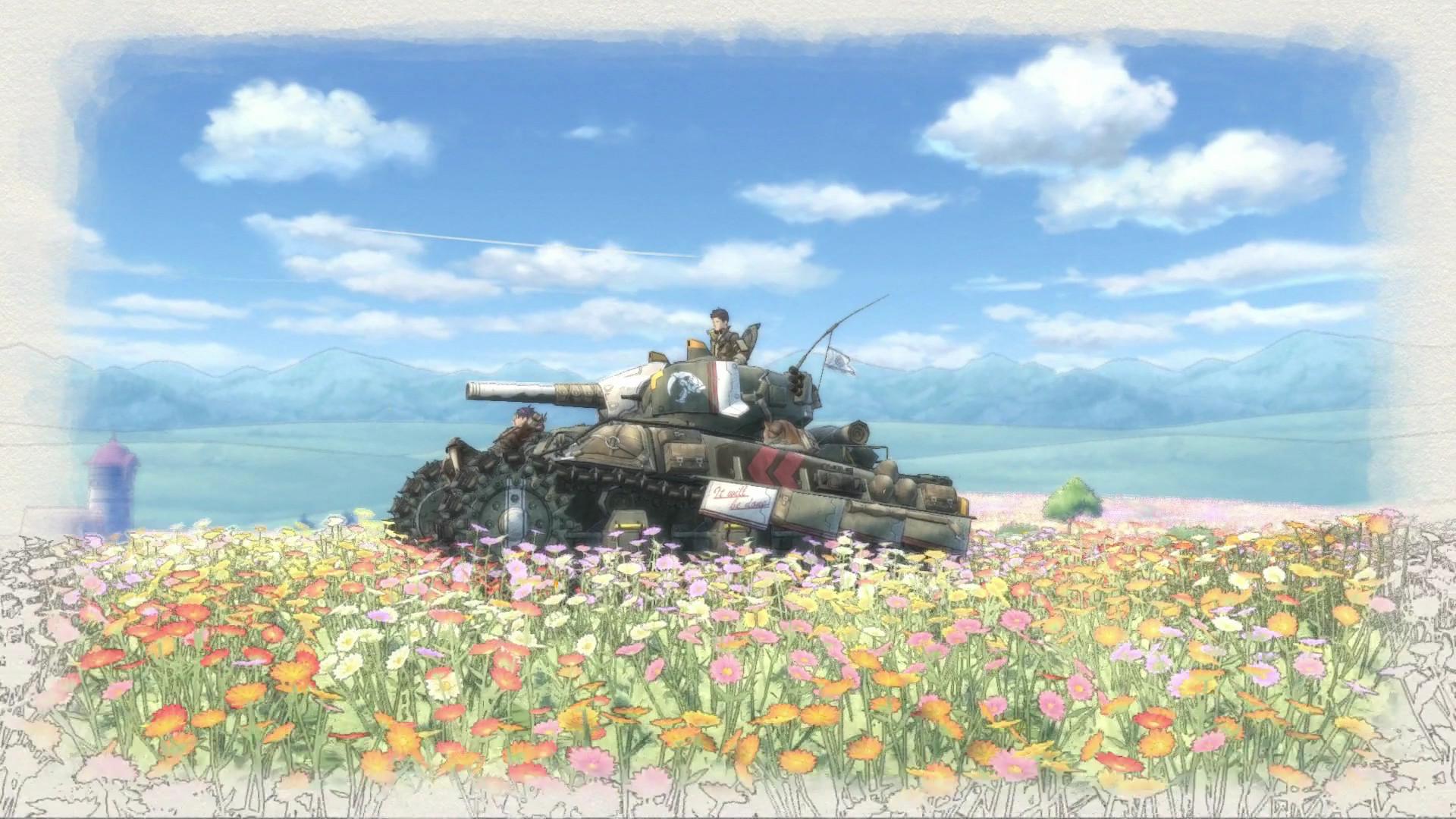
All things considered, Valkyria Chronicles 4 is an engaging mixture of third person shooting and tactics, with a heartfelt story that mostly sticks the landing. Admittedly, it lacks the some of the depth that are embodied by other contemporary turn-based strategy games, but the varying unit types, numerous customization options, and balance between action and strategic maneuvering make it engaging from beginning to end. While I wish there were a few more innovations from its predecessor, and that a few of the more unfair missions were snipped, I can’t deny the gratification of slowly moving your pieces across the board, deliberately outflanking the overwhelming enemy forces to claim ultimate victory.
Score: 8.0

